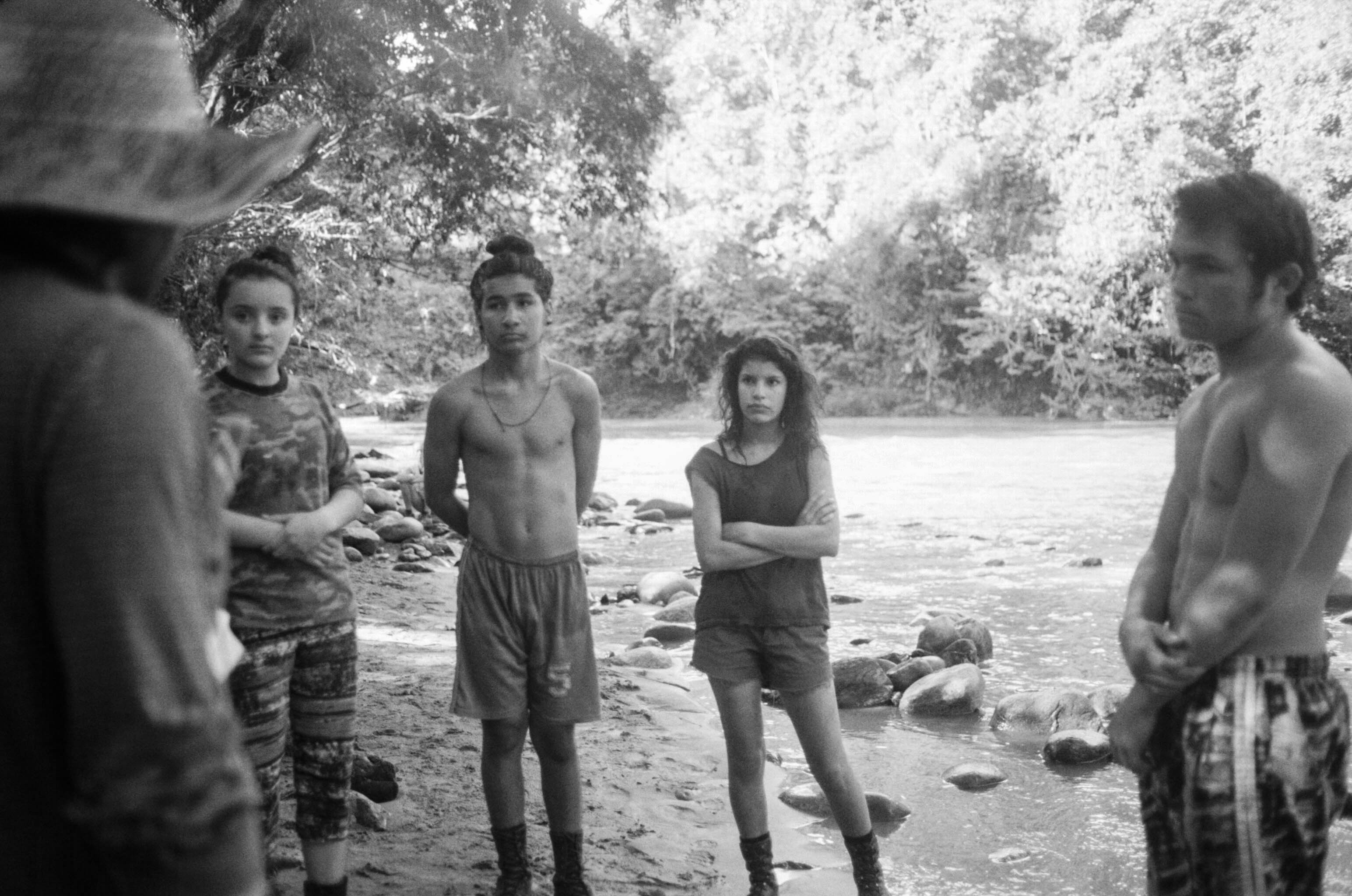Moises Arias was just 10-years-old when he made the move to Los Angeles to become an actor. His family was drawn to the West Coast after an acting coach said he and his brother (singer Mateo Arias) would do well in show business. The teacher was clearly onto something — the younger Arias quickly scored roles in a number of projects, becoming a series regular on Hannah Montana and co-starring with Jack Black in Nacho Libre.
Growing up on sets around directors and cinematographers, Arias felt a pull to capture images on film. Often the only kid in a sea full of adults, he struck up friendships with the set photographers — hired to take photos of the filmmaking process — who gave him crash courses on photography during downtime. Somewhere along the way, while starring in indie hits like Kings Of Summer and the blockbuster Ender’s Game, Moises started shooting on a digital camera.
The real photographer in Arias was awakened a few years later, during an impulsive visit to a camera store with his brother and longtime friend Jaden Smith. Wandering the shop, Moises fell for an old 1972 Canon F-1 35mm film camera — which he snatched up and immediately. In the years since, he’s collected thousands of images, with many posted on his Instagram account, and done a gallery exhibition called Teens featuring shots of Jaden and Willow Smith, Kendall Jenner, Hailey Baldwin, and other young Hollywood elites.
“I wouldn’t claim to know everything about photography,” says Arias, “but after six or seven years of taking photos I understand what my eye likes.”
The chance to combine passions came when the movie studio producing his new movie Monos, Neon Rated, asked to print photos Moises took on set for promo. After a recent screening at the Angelika Theater, I sat down with the actor-photographer to discuss his ever-deepening love of the visual arts, taking photos with his famous friends, and shooting stills on the set of Monos in Colombia between takes.
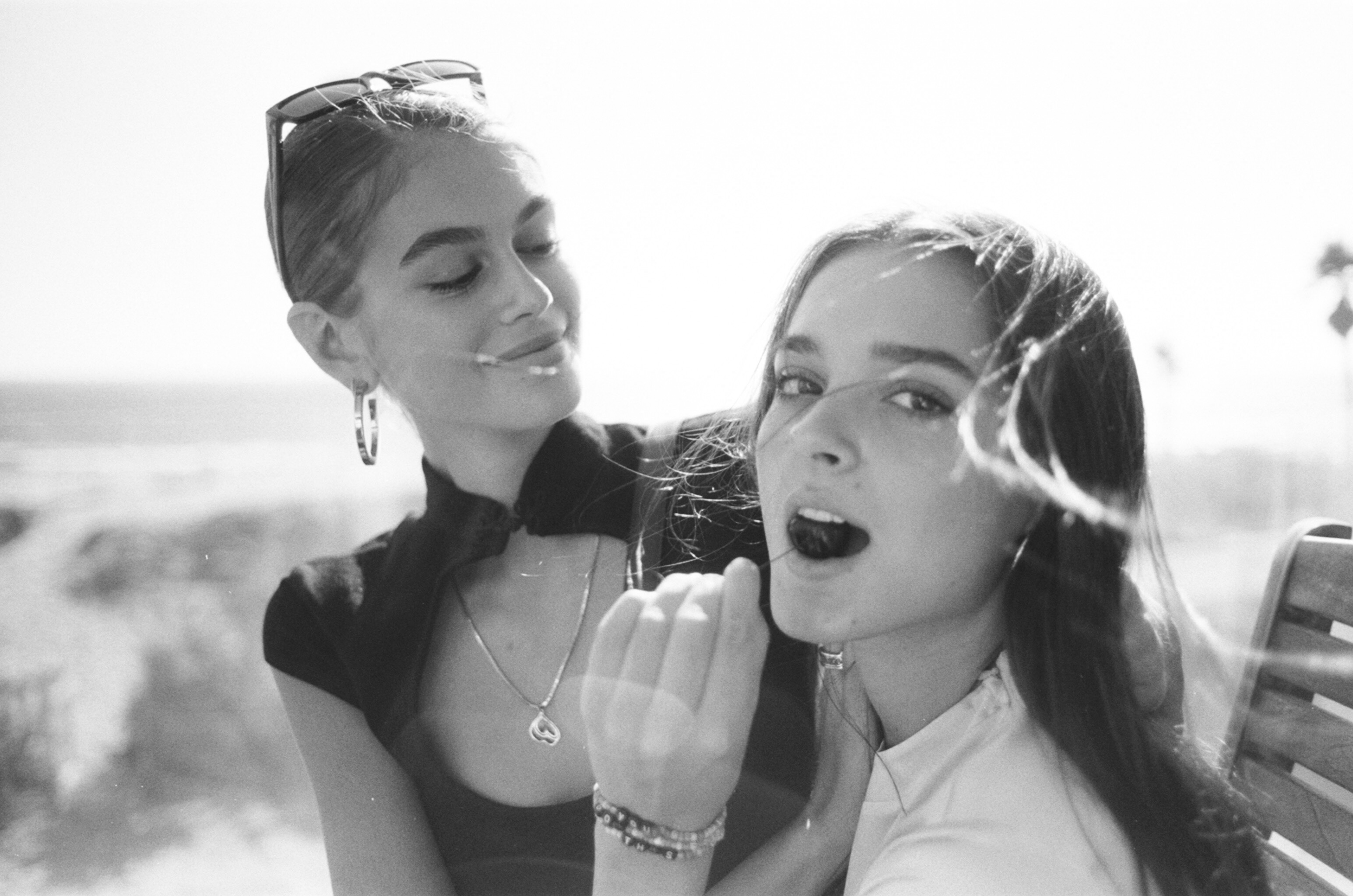
So when did your love of photography really start?
My passion for it went further when I was reading a book about filmmaking on another movie set when I was 18 years old. The book was called Conversations with the Great Moviemakers of Hollywood’s Golden Age, which changed my perspective on cinematography as well as two other books I was reading at the time. The directors who were discussed in that book were so poetic about how important the image can be. There were all these elements at play that I hadn’t considered and they inspired me to try it all for myself, especially the use of film.
How did you come upon your first real film camera?
I got it in New York, at B&H Photo, which is the greatest place to find the right tools for photography. Once I had the camera in my hands I was inspired to start playing with it while I was hanging out with my friends like Jaden [Smith], Tyler [The Creator], and my brother.
I learned quickly that I really enjoy that moment that occurs before someone notices the camera and immediately after, where they aren’t really thinking too much. I would say it is more of a photojournalistic approach, which fits the camera, because it is built like the kind you would bring into war.
Do you have particular places that you like to shoot?
I can be inspired to shoot anywhere really. Somewhere comfortable like home during an intimate hang, or at music festivals like Coachella. I wouldn’t say that the location determines what you are able to get, it is the person and how present they are. I get inspired by people. I would say when I catch a person being unhindered and unconscious to the surroundings. There is a beauty of not knowing what is going on around you. I am a fan of fashion so that also inspires me. Really it is all about capturing people who are themselves to the fullest.
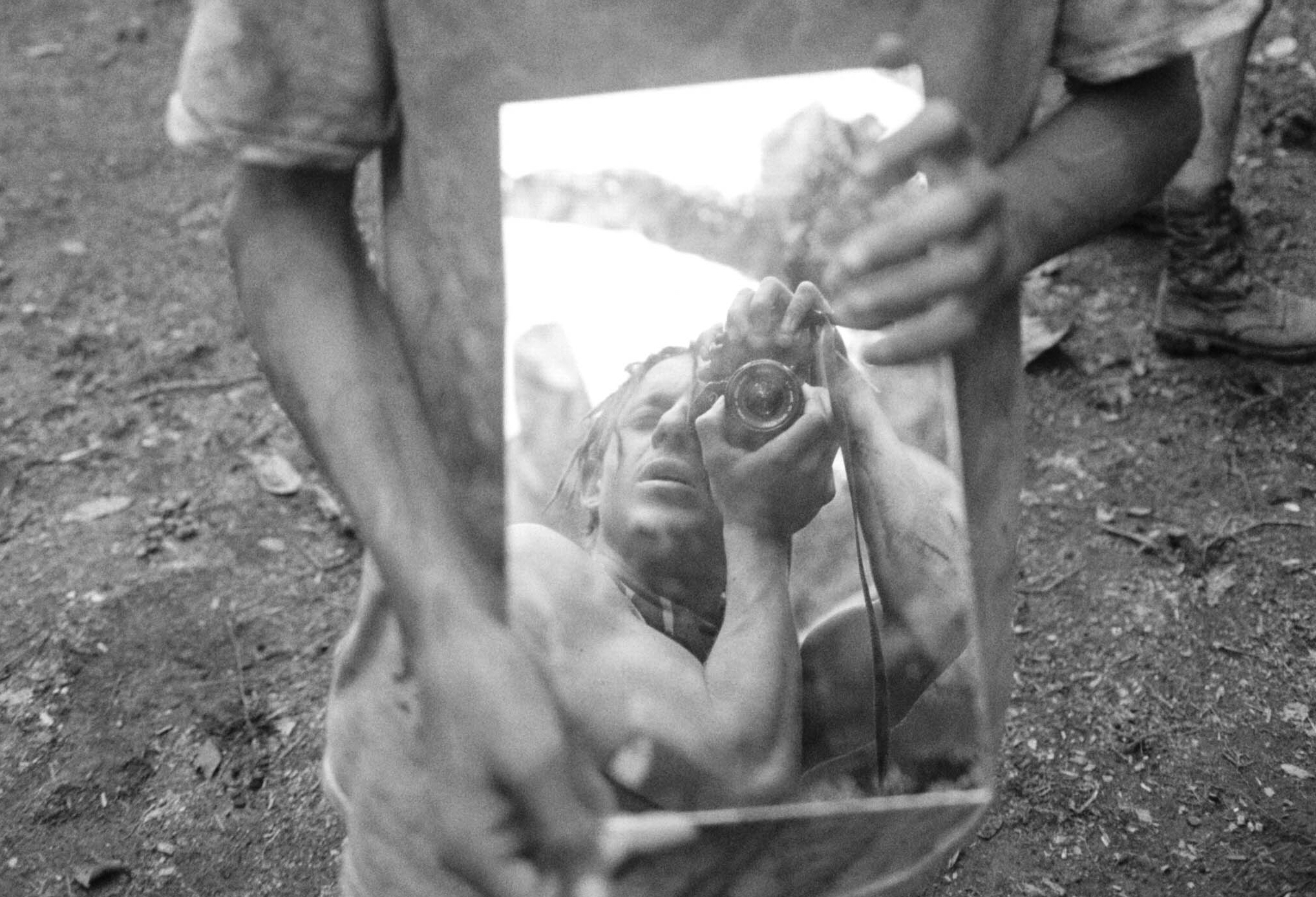
Do you tell people when you are going to take photos? Or just snap away when the moment hits?
Especially when I was starting I wasn’t really making a scene out of taking photos, I was most often hanging out with my friends so it wasn’t like special permissions were needed. Every once in a while, if I met a stranger who had an amazing look, I would ask politely but those were few and far between. My process hasn’t really changed. The only thing that has changed is now people are a little more aware of cameras and want to show a certain attention to it. Back when I started though the only comments I would get were about how cool they thought my camera was.
The majority of your photos are in black and white. What’s behind that choice?
The book on filmmaking I was reading was about the silent era, most of the movies were in black and white. That set me on the path of shooting without color. So when I got to the counter at B&H I asked them for black and white. From there it was a learning experience, getting to know the medium. I could focus more on the subjects and what they were giving me rather than whether the colors looked right for the moment.
The camera you use also has a prime lens, how does that affect your shots?
I believe that shooting on a prime lens is extremely important to my work because it forces me to literally closer to the subject that I want to capture. It makes getting the shot that I want more difficult but in my opinion more special and also more authentic. The only adjustment I have is playing between lens sizes. I will try one out and if I want to tell a different kind of story I will switch the lens.
I enjoy the act of switching exposures, shutters, and lenses. I am just as much a fan of photography as everyone else.
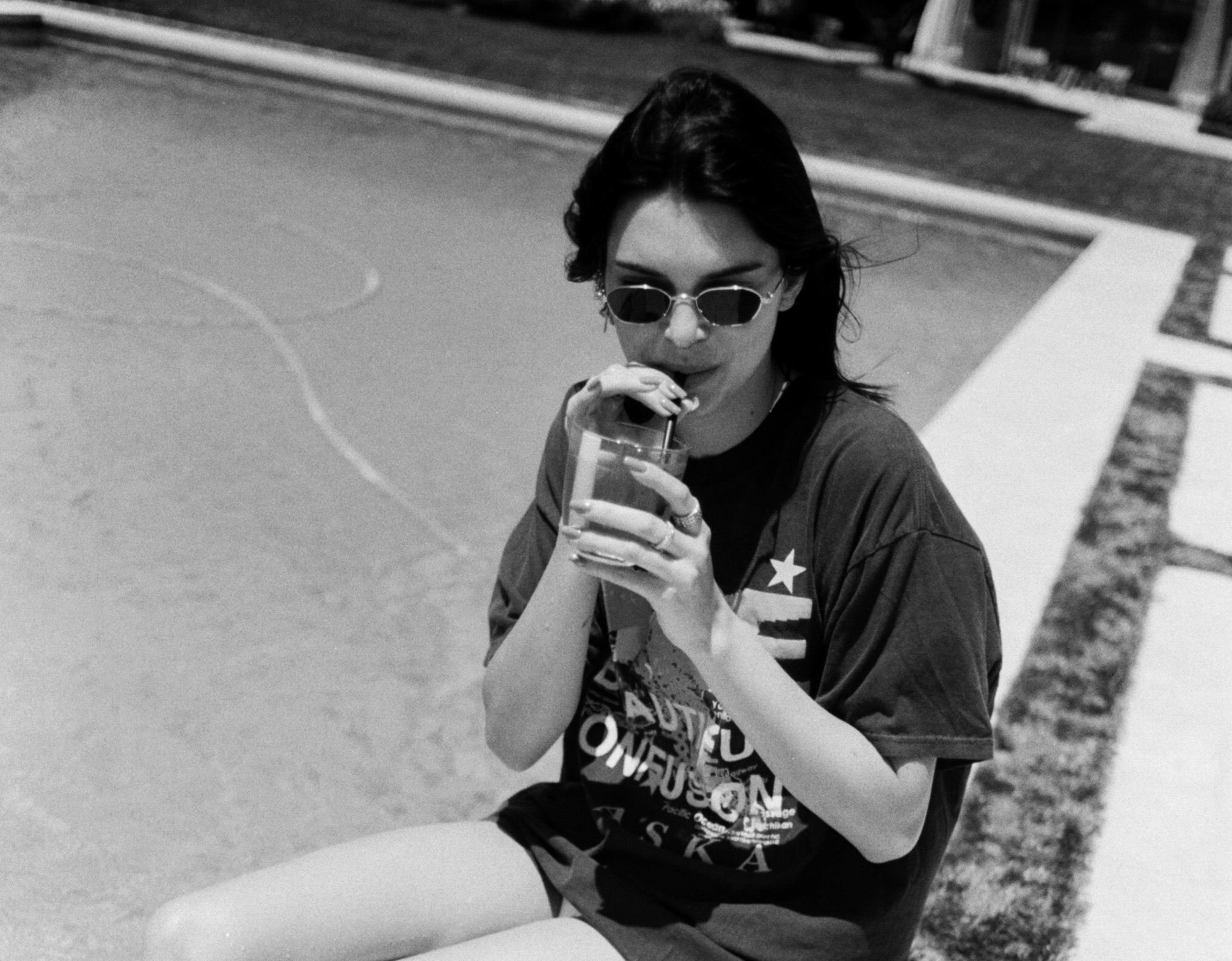
Besides your gallery shows, do you share your photos with people often?
I am pretty selfish when it comes to my photography, I wouldn’t share them that often. Part of it is because I enjoy keeping it for myself, and part of it is because I don’t have the time to really disperse it the way it would need. I enjoy showing the images in tangible form, like we did for Monos. This isn’t everything I do, but it is something that I do for…fun isn’t the word. Neither is sanity. It is just something that I enjoy.
I like the conversation that it can open up when the right photos are shared.
Let’s talk about your subjects, you’ve gotten to photograph some of the most well-known people in the world, through your personal connection with them. How have they reacted to working with you?
It has been really great getting to work with people who are so close to me. Over the years, getting to know my friends has been the real special part of this journey, and getting to document these places in time. There is obviously a lot of attention around them, but they are there is an authenticity that most people don’t pay attention to. I recently did a shoot with Jaden in Paris for a magazine [Flaunt] where I think I got some of my greatest shots ever.
There is an ease that comes when someone is available and down. Instead of having to fight for it.
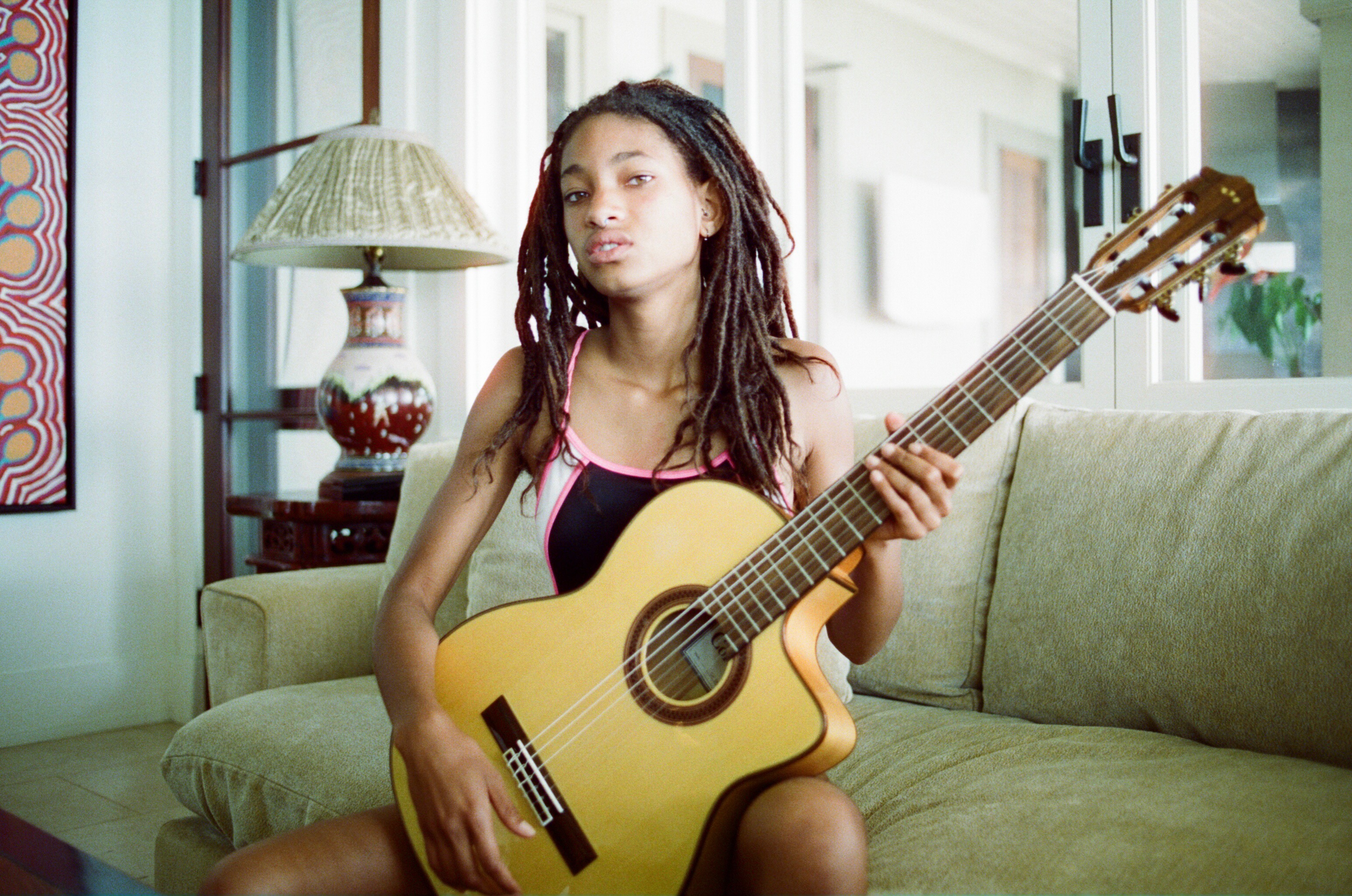
Who have you photographed the most?
Over the years, I’ve been able to document my brother growing up in so many periods of his life. I think if I wanted to do a retrospective I would be able to put something really special together of him for sure.
The photos that you took on the set of Monos are incredible, I am sure that had a lot to do with the location and immersion that you all went through with director Alejandro Landes.
I couldn’t have been luckier when it came to the synchronicities. The fact that the camera that I use was developed for combat situations, and here we were mimicking that in the jungles of Colombia. It really felt right and I appreciated that Alejandro allowed me to take photographs while also respecting his set.
The images are so great because of how special the movie is.
